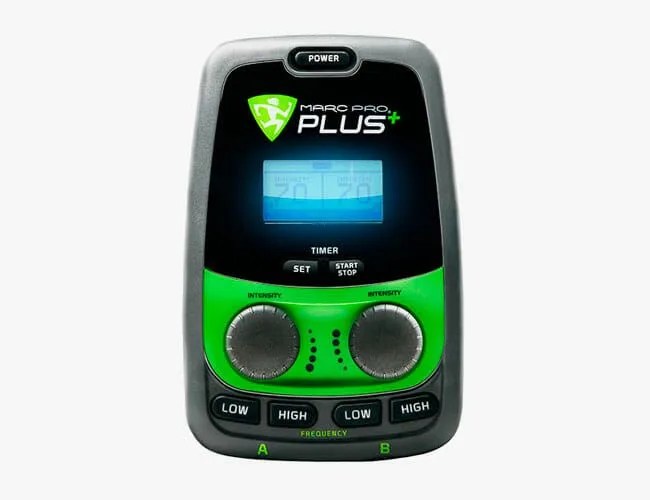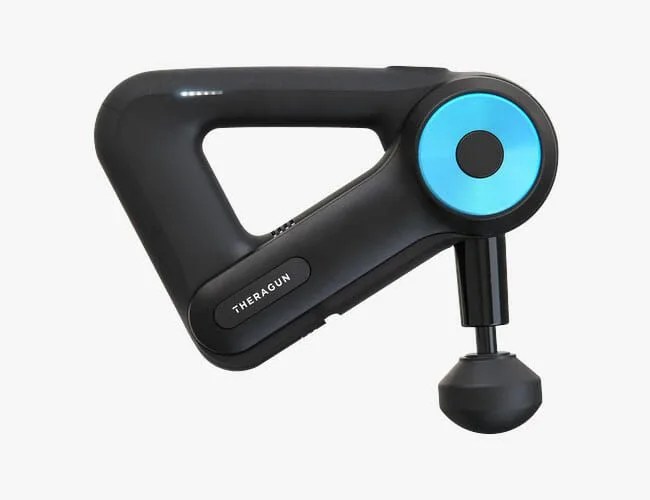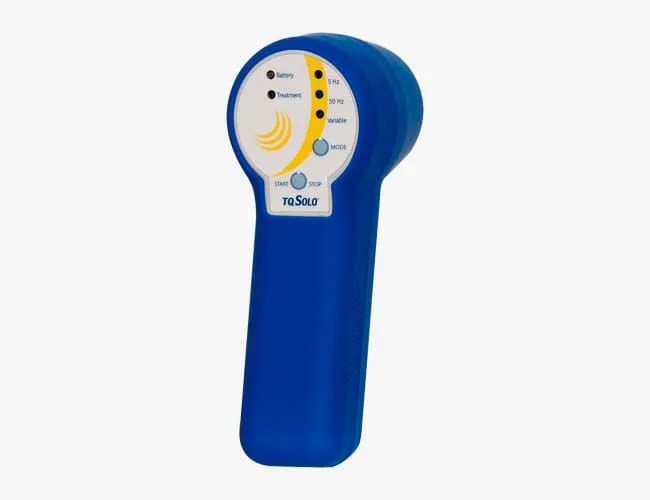Everyone has a plan until they get punched in the mouth, or, in my case, get a *wince* back injury.
In my 20s I ran to and from work for fun, did an Ironman and my first 50-mile trail race, and generally couldn’t be bothered to talk about things like plantar fasciitis, which seemed to me to be something you got by not taking running seriously enough. Years and a handful of injuries later (some quite severe), I find myself taking a very different approach to health and my body in particular. There isn’t a one-size-fits-all approach to wellness; for me, it almost meant getting my L5 and S1 vertebrae fused. But then a very wise doctor suggested I chill out for a while and try meditating before jumping into back surgery, and that lump of advice led me down the winding path of health and recovery that I’m on today.
One significant element of that has been to construct a mini physical therapy studio in my home. Rubber bands, foam rollers, a yoga mat, an exercise ball were just the beginning — there are books about the relationship between back pain and anger as well as the positive benefits of relaxing herbal teas and motivational quotes. There’s a new way of thinking about the body and the stresses I put on mine. And then there are several pricey devices that raise eyebrows at TSA, as well as those of some science-minded people who aren’t yet impressed by the clinical evidence. As anyone who has been injured will tell you, feeling good in your body has no price, and a little belief (plus a little science) can go a long way.
During recent months I’ve tried three supposedly cutting-edge recovery devices — the Marc Pro Plus, Theragun G2 Pro (the G3 has since come out), and the Terraquant TQ Solo cold laser — each of which is available for use at home and has some degree of therapeutic value. I tested them out and did some research about the science behind them, so what you have below is my experience and a brief look at what clinical evidence exists.
A word of caution about considering whether something “works”: It’s always important to ask, for what exactly? The companies selling these products typically make either very narrow or very broad claims about their potential, depending on how much science there is and whether the FDA approves them for specific treatments. Broad claims tend to be easily defensible, while narrow claims will get you in trouble with regulatory bodies if they’re not true. Remember, while pharmaceutical companies might invest billions into a blockbuster drug in the hopes that it will produce equally large returns, it makes less sense for a company to put money into expensive clinical trials for something like a personal massager, which people like because it feels good.
As somebody who has found himself at both of the opposing ends on a scale of physical activity (endurance athlete at one, barely sitting up in bed at the other — my experience with these tools yields the following wisdom:
Be patient and compassionate with yourself. Injuries often erase years of “base” you’ve built up, and trying to get back to who you once were is often counterproductive. Create a new path.




